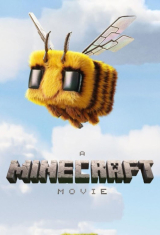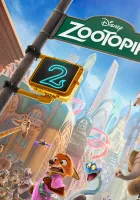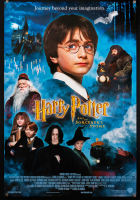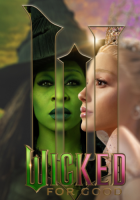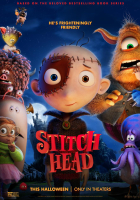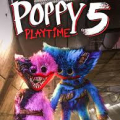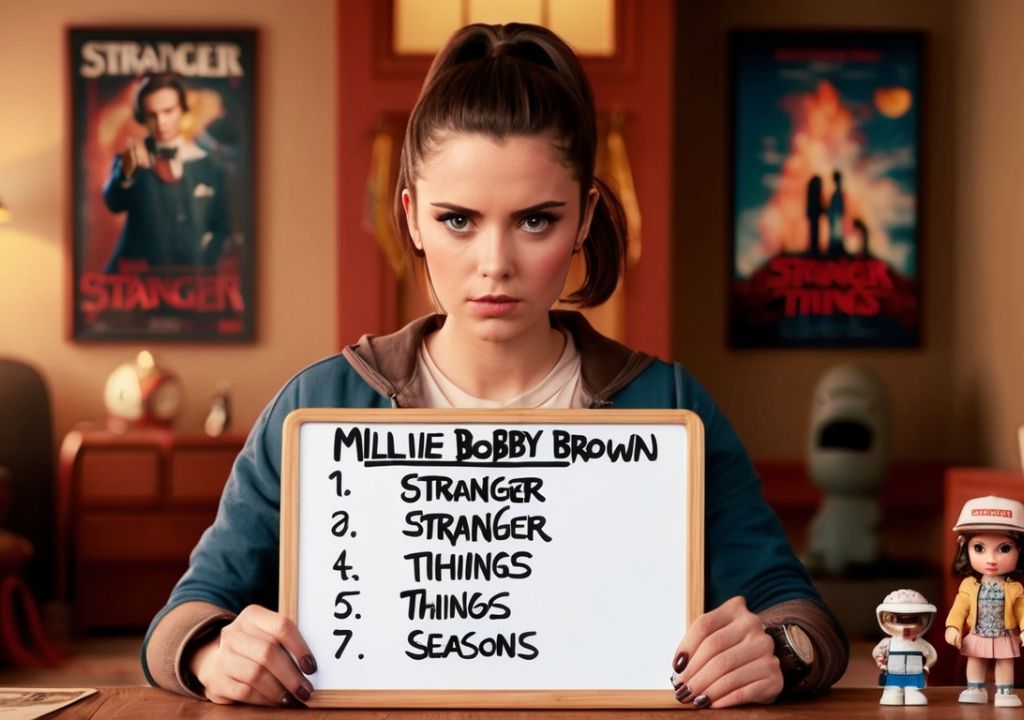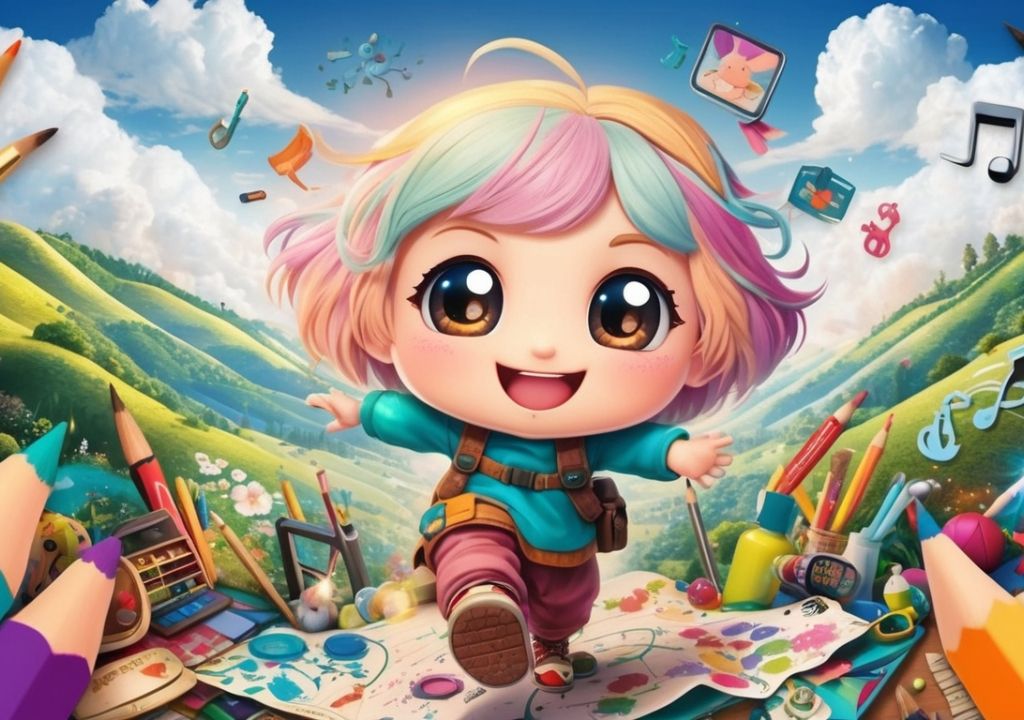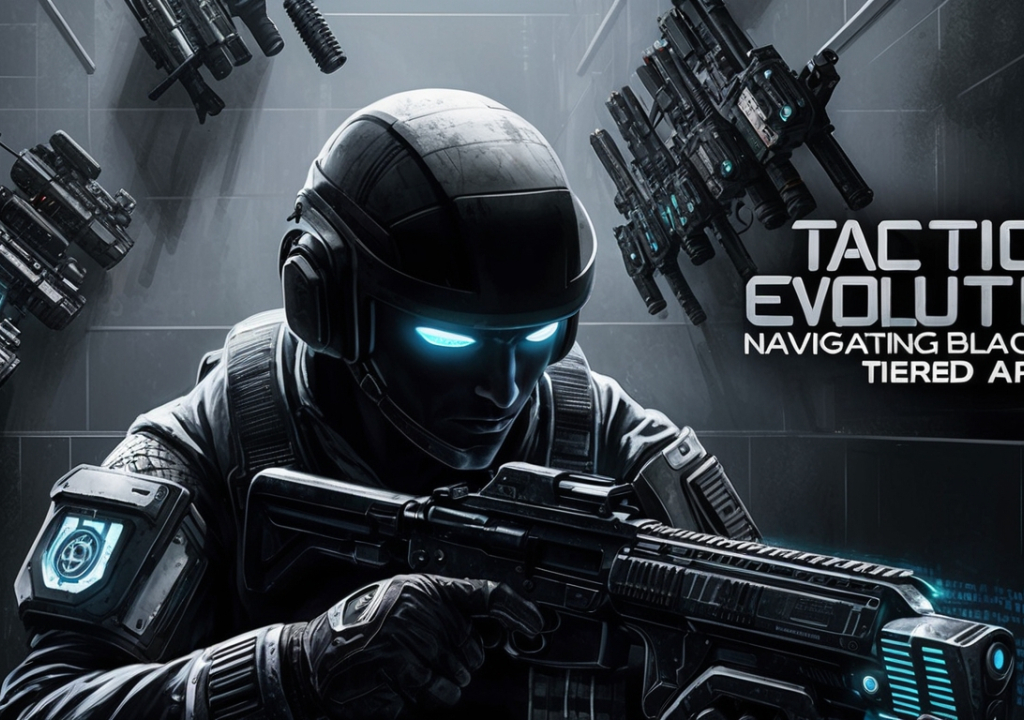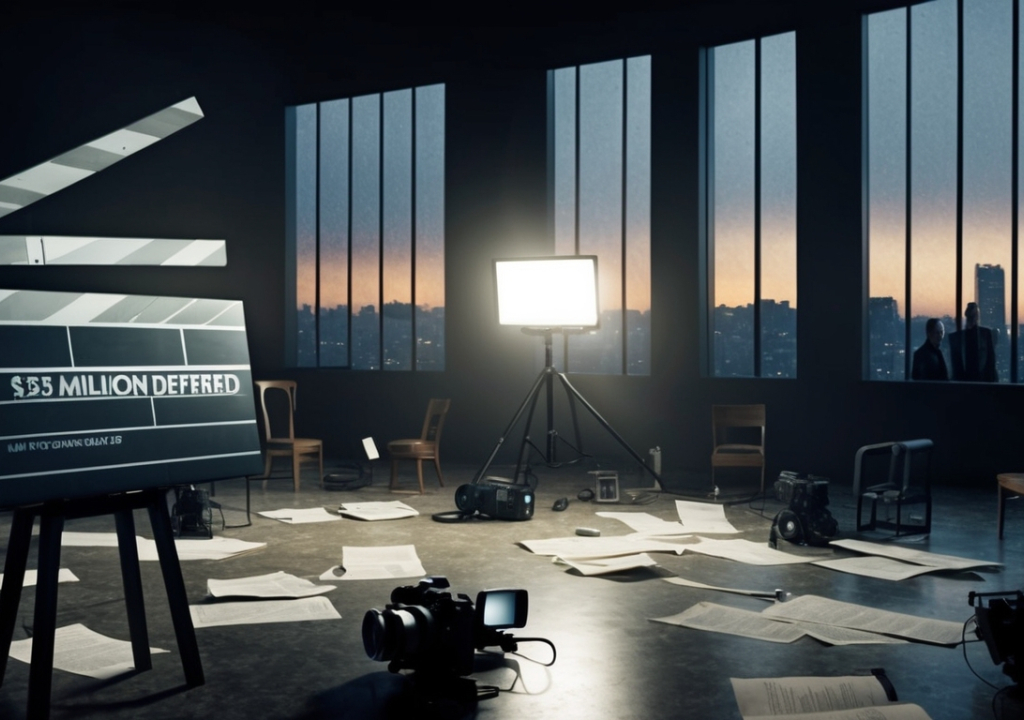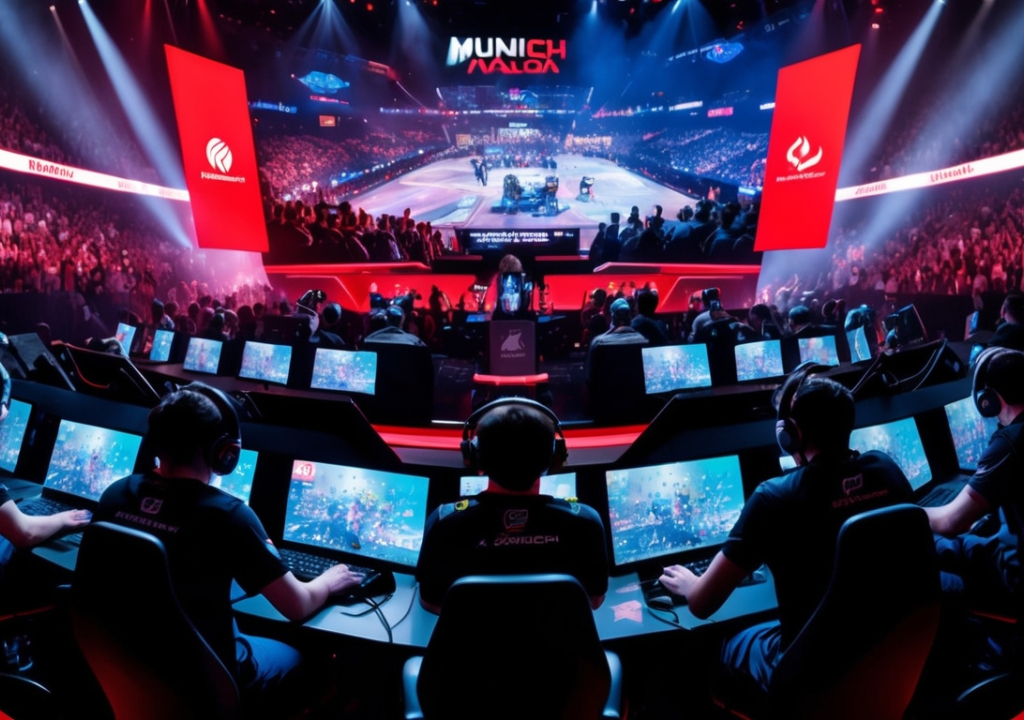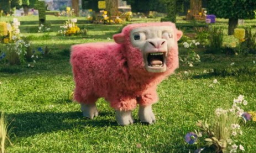
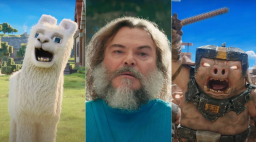
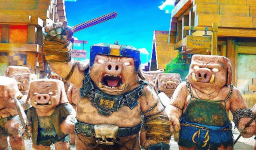
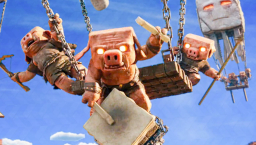
A New Adventure in a Pixelated Universe
I recently had the opportunity to sit through A Minecraft Movie, an experience that transported me from my everyday reality into a blocky, digital world filled with unexpected wonders and imaginative storytelling. As a longtime fan of the game, I entered the theater with a mix of curiosity and nostalgia, wondering how the beloved elements of Minecraft would translate into a feature film. From the moment the opening scenes began to roll, I knew I was in for a creative journey that both honored the source material and ventured boldly into new narrative territory.
The Birth of a Digital Odyssey
The film opens with a striking visual representation of a vast, seemingly infinite world constructed entirely of cubes. The animation style carefully mimics the characteristic simplicity of Minecraft while adding layers of depth and artistic flair. I could immediately sense that the creators had invested considerable thought into maintaining the spirit of the game; every block and pixel was rendered with a nostalgic precision that reminded me of countless hours spent building elaborate structures in the virtual realm.
The narrative quickly reveals that the movie is not merely a literal adaptation of the game’s sandbox elements, but an inventive story featuring characters with their own unique aspirations and challenges. This fresh perspective struck me as a bold move because it diverged from the repetitive, open-ended gameplay of Minecraft and embraced the movie format to create clearly defined characters and a central plot. The shift allowed the film to explore themes of creativity, community, and perseverance in a way that I had not anticipated.
The Intriguing Journey of the Protagonist
One of the greatest strengths of this movie was the way it introduced its lead character. I found myself deeply invested in the journey of the protagonist—a character who, much like an avatar in the game, could transform, build, and explore endlessly. The character’s design captured the simplicity of the game's block aesthetics while also conveying a range of emotions and subtlety that made each scene engaging.
Throughout the film, the protagonist's inner struggles and external challenges were portrayed with a keen sense of drama and humor. The narrative did a magnificent job of balancing intense moments with lighter, playful episodes inspired by the game's quirky features. I particularly appreciated how the storytelling acknowledged the dual reality of being both an adventurer and an artisan, a duality that echoed the game’s emphasis on creation and exploration.
The Visual Spectacle of a Blocky World
From a visual standpoint, A Minecraft Movie is a stunning testament to the power of creative design. The filmmakers managed to retain the iconic cubism of Minecraft while infusing each scene with dynamic lighting, detailed textures, and innovative camera angles. I was captivated by the use of light and shadow within the pixelated environment, which added depth and atmosphere to even the most straightforward scenes.
The interplay between the natural elements and the static nature of the blocks created a curious tension in the cinematography that left me both enchanted and reflective. It was as if the film was reminding me that even within a world constructed of predictable patterns, there is still boundless potential for art and expression. The deliberate use of color and form expressed moods and shifts in the narrative, making every frame a piece of interactive art.
Immersive Soundscapes and Musical Innovation
While visuals were certainly a highlight, I was equally impressed by the film’s sound design. The soundtrack incorporated a minimalistic yet emotionally resonant score that seemed to capture the randomness and wonder of exploring a new realm. The ambient sounds, from the distant hum of an active mob to the soft rustling of pixelated leaves, created a uniquely immersive experience that transported me deeper into the story.
Each musical cue was thoughtfully timed, enhancing key moments in the film without overpowering the dialogue or action. I found it remarkable how the subtle audio elements built a bridge between the audiovisual presentation and the subjective experience of gameplay, making me feel as if I was both an observer and a participant in the unfolding epic.
The Mechanics of Storytelling and World-Building
The movie’s narrative seemed to mirror the creative process of Minecraft itself: an open-ended platform where the boundaries of narrative and setting are as limitless as one’s imagination. I was drawn into the characters' various quests ranging from rebuilding dilapidated villages, outsmarting mischievous entities, to uncovering ancient, hidden lore scattered throughout the world. Each part of the movie was composed like a modular building block; seemingly disparate scenes later interconnected to reveal a larger, coherent narrative.
One scene in particular—a daring exploration of an underground labyrinth—reminded me of the thrill of unearthing secret caverns in the game. The interplay of suspense, mystery, and artistic design in that sequence was thrilling, blending the interactive excitement of exploration with the cinematic tension of a well-crafted story. I could almost taste the anticipation of each revelation, much like the rush of discovering a rare resource in the game.
Emotional Depth and Character Development
As a fan of emotionally charged storytelling, I appreciated the movie’s focus on the personal growth of its characters. Early in the film, the protagonist is introduced as an unassuming figure, reluctant to risk failure in the ever-changing environment. However, as challenges mount, I witnessed a beautiful transformation grounded in the courage to embrace both creation and imperfection.
The dialogue and interactions were carefully scripted, allowing humor and earnestness to coexist seamlessly. There were moments when the tension of impending danger would yield to unexpectedly tender interactions among characters. I found these scenes heartwarming, as they underscored a shared human element beneath the pixelated exterior—an element that resonated profoundly with my own experiences of forging friendships in virtual worlds and real-life communities.
The Balance of Nostalgia and Modernity
One aspect that really struck me was the film's ability to navigate the fine line between nostalgic homages to the original game and the demands of modern storytelling. As I watched the movie, I could easily sense all the familiar influences: the blocky heroes, modular landscapes, and resourceful crafting. However, each element was also reimagined with a contemporary twist that ensured the story felt fresh and motivational rather than a simple rehash of the game experience.
This balance was especially evident in scenes that juxtaposed the simplicity of a constructed castle with the intricacy of a digital ecosystem unfolding in the background. Every new build, every challenge the protagonist faced, seemed to embody the spirit of creation that has always made Minecraft special, yet the movie also pushed these ideas forward by incorporating emotional depth and cinematic unpredictability. It was a synthesis of the past and present that made the film engaging on multiple levels.
Inventive Cinematic Techniques
A major component of what kept me enthralled throughout the viewing was the clever use of cinematic techniques that acknowledged the game’s roots while exploiting the advantages of the film medium. The filmmakers employed innovative framing and dynamic transitions that mimicked the player's experience of moving seamlessly from one dimension to another in Minecraft. I felt as if every scene was a carefully planned adventure—a shift in perspective that mirrored the changing angles one might find while exploring a freshly rendered world.
One particular instance that I recall vividly was a sweeping aerial scene that transitioned into a first-person exploration of an elaborate structure. It was a technical marvel that not only paid homage to the exploration mechanics of the game but also provided a refreshing narrative tool, drawing me deeper into the world and allowing the visuals to tell an essential part of the story. This method of blending interactive elements with classic filmic storytelling was both daring and surprisingly effective.
The Intricacies of In-World Logic
The movie impressively embraced the internal logic of the Minecraft universe, creating a setting where reason, enchantment, and raw creativity coexisted. As I navigated through the unfolding narrative, I found that every twist and turn was consistent with the world-building established by the game. Even when the film ventured into the realms of magic and mystery, the developers ensured that each element adhered to its own internal rules.
This consistency contributed to the overall coherence of the narrative, making the world feel lived-in and authentic despite its blocky origins. I found myself mentally mapping out the locations of iconic landmarks and cryptic ruins, much like preparing for a long exploratory session in the original game. The test of internal logic wasn’t just a safeguard for die-hard fans, but a delightful challenge for casual viewers, inviting everyone to partake in the world’s hidden intricacies.
The Evolution of Community and Collaboration
Midway through the film, I was particularly drawn to the themes of community and collaboration, which are central to the Minecraft experience yet receive nuanced treatment in the movie. A segment highlighted how characters from diverse backgrounds band together to overcome overwhelming obstacles—a narrative thread that resonated deeply with me. Every character brought a distinctive skill set, symbolizing the strengths that come from working collectively toward a unified goal.
Through episodic challenges and shared triumphs, the film captured the essence of teamwork intrinsic to the game. I was thoroughly engaged by the detailed portrayal of group dynamics, where each member’s unique contribution proved crucial to unlocking new parts of the story. The character-driven sequences evoked the feeling of cooperative gameplay sessions, which many of us cherish so dearly. This sense of interdependence, so carefully interwoven into the narrative, served as a reminder that creativity and progress are best achieved when people unite in pursuit of a shared vision.
The Fusion of Humor and Heart
A noteworthy segment of the film struck me by its well-timed injections of humor, which were never at odds with the narrative’s emotional gravitas. I laughed at moments that celebrated the playful absurdity of a digital world teeming with unexpected oddities, yet I was equally moved by scenes that revealed the vulnerabilities and strengths of the characters. The balance between levity and depth was handled with such elegance that it felt like a carefully crafted symphony, with each note contributing to the overall tone.
Even during high-tension scenes, the interspersed humor provided a gentle reminder of the game’s quirky charm—its never-ending surprises and the joy of discovery. I often found myself reminiscing about my own experiences of spontaneous laughter during long hours of solo or multiplayer gameplay. In the same way, the film managed to capture that sense of wonder by allowing the characters to express their genuine reactions to the ever-changing challenges of their environment.
The Art of Transformation and Creative Expression
One of the film’s most captivating aspects is its emphasis on transformation, both in the literal design of the world and in the metaphorical growth of its characters. I was fascinated by how each setting—whether a haunting underground cavern or a sunlit clearing filled with exuberant colors—reflected the transformative power of creativity. The film illustrated that every challenge was an opportunity to rebuild, adapt, or reimagine, mirroring the very spirit of Minecraft, where each block placed is a building block for future adventures.
This underlying message of continuous transformation resonated with my personal journey of self-discovery and creative exploration. I was drawn to scenes where characters reconfigured their surroundings not merely as repairs but as statements of individuality and resilience. The interplay between structure and spontaneity in the movie reminded me why I fell in love with the game years ago: it is a tool for endless self-expression, where every decision has the potential to shape one’s destiny.
The Role of Puzzles and Hidden Mysteries
Throughout the movie, I encountered enigmas and puzzles that harkened back to the exploratory challenges found within Minecraft. The film interwove cryptic clues and hidden passages that encouraged viewers to actively engage with the narrative. I particularly appreciated these cerebral challenges, as they transformed the viewing experience into an interactive mystery where the audience was invited to decipher the clues alongside the characters.
There was a striking moment where a seemingly insignificant relic became the focal point of an entire subplot, prompting characters to piece together its origins and purpose. My mind raced with possibilities, and I found myself replaying the clues in my head, eager to solve the puzzle before the narrative revealed its secrets. This element of intellectual intrigue meshed perfectly with the inherently creative, problem-solving nature of Minecraft, ultimately enriching the film’s appeal for fans of both storytelling and interactive gameplay.
The Integration of Digital and Human Narratives
As I delved deeper into the film, I began to appreciate how it skilfully merged the digital logic of the Minecraft universe with real human emotions and stories. Each block, each carefully rendered landscape, was not just a backdrop for action—it was a character in its own right. I was enthralled by scenes where the physical environment reacted to the characters' moods and actions, almost as if the world itself was alive, possessing a consciousness guided by creative forces.
This blend of digital and human narratives struck me as both innovative and deeply moving. I felt as though the movie was articulating a broader metaphor about the nature of creation: just as our actions reshape the world around us, every creative impulse leaves an indelible mark on the canvas of our lives. The film's willingness to explore such philosophical terrain, while still providing thrilling sequences and a visually arresting spectacle, was a testament to its ambition and imaginative reach.
The Impact of Dynamic World-Building on Storytelling
One of the more impressive feats of A Minecraft Movie was how it maintained a dynamic sense of wonder through its world-building techniques. Every new region that the characters explored felt vast and unpredictable, each area crafted with its own set of surprises and narrative threads. I found that as the landscape expanded—from sprawling deserts and lush forests to towering mountain ranges and enigmatic ruins—so too did my fascination with the story’s universe.
There were long sequences where the film took its time to showcase the ingenuity behind each setting, often pausing to highlight small details that might have otherwise been overlooked. This meticulous attention to detail ensured that every block and pixel contributed to the overall narrative, building a layered, multifaceted world that mirrored the creative potential of the game. For me, it turned the movie into more than just a visual feast; it became an invitation to explore, analyze, and participate in a shared fantasy that celebrated imagination in its purest form.
Pros
- Visual animation retains Minecraft's unique cubism while adding depth
- Innovative twists to the narrative enrich the classic gameplay experience
- Strong character development enhances the emotional connection with the audience
- Creative world-building captures the spirit of exploration and discovery
- Immersive sound design and musical scores significantly enhance the cinematic experience
- Clever integration of humor and drama effectively balances the film's tone
Cons
- The storyline may confuse viewers unfamiliar with the game
- Certain sequences suffer from pacing issues during expansive scenes
- A heavy reliance on nostalgia could limit the film's appeal to new audiences

